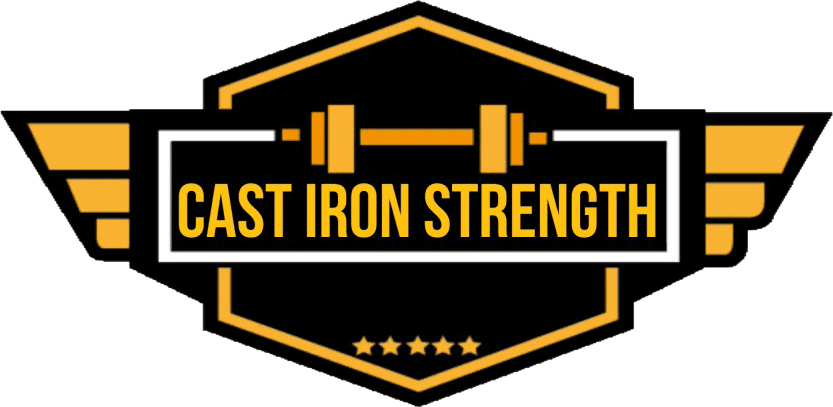I have written about this in the past and have stumbled across another journal released in August’s Journal of Strength and Conditioning Research. (Journal of Strength & Conditioning Research. 24(8):2012-2017, August 2010.)
In this particular study two groups of training groups (F
NL = 8 and NL = 8) where exposed to two programmes where Non LInear had their sessions planned out for them and where given sets x reps for each day. Whilst Flexibile Non Linear could choose their workout volume and intensity depending on how they felt.
They trained for 2 sessions a week and for 12 weeks in a row. After the 12th weeks they where tested on Leg Press, Chest Press and Standing Long jump.
FNL and NL had no significant difference in Chest P
ress or Standing Long jump.
FNL however far out leg pressed the NL group which could suggest that a flexible approach to lower body perodisation could be the most fruitful approach.

The topic of auto-regulatory perodisation is starting to gain a small bit of momentum in the research with some well designed studies it could be shown scientifically something that a lot of strength athletes already know anecdotally.
Marc.
